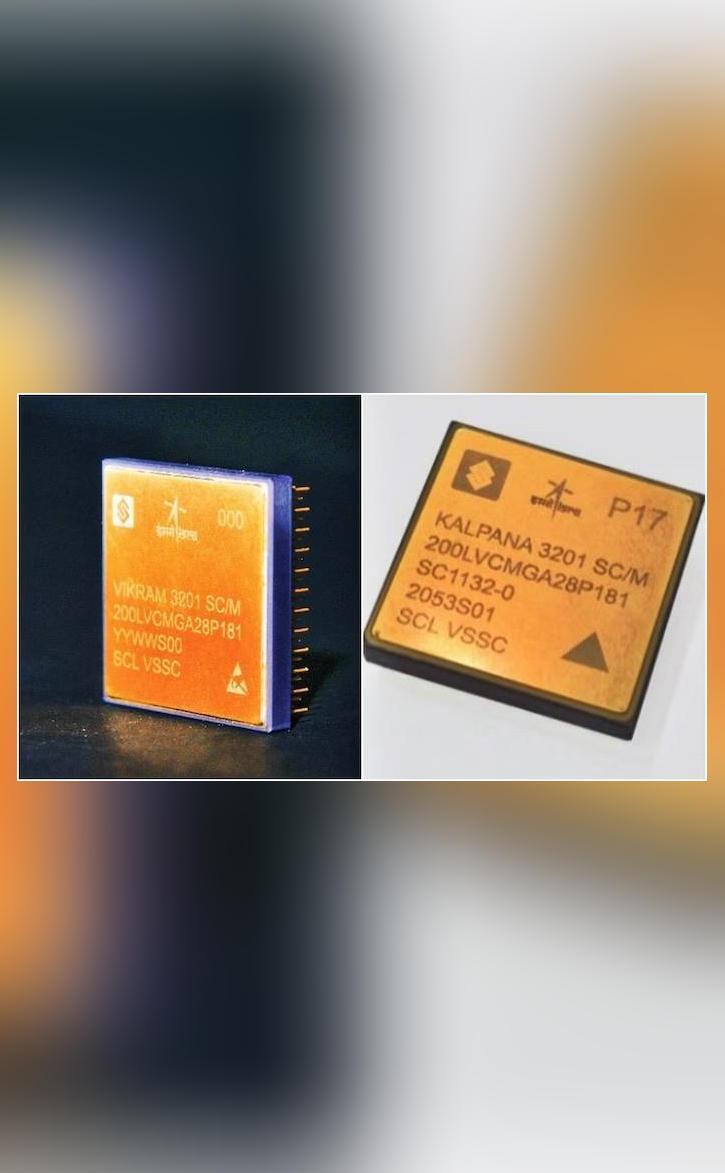
ISRO & SCL Develop 32-bit Microprocessors for Space Applications
The Indian Space Research Organisation (ISRO) and the Semiconductor Laboratory in Chandigarh have achieved a significant milestone in the field of space technology by jointly developing two 32-bit microprocessors, VIKRAM3201 and KALPANA3201. These microprocessors have been designed specifically for space applications, marking a significant step forward in India’s quest for self-reliance in space technology.
VIKRAM3201, the first fully “Make-in-India” 32-bit microprocessor, has been qualified for use in the harsh environmental conditions of launch vehicles. This achievement is a testament to the innovative capabilities of Indian researchers and engineers, who have successfully developed a microprocessor that can withstand the extreme temperatures, radiation, and vibrations encountered during space travel.
The development of these microprocessors is a significant step forward in India’s space technology landscape. For decades, India has been reliant on foreign-made microprocessors for its space applications. However, with the development of VIKRAM3201 and KALPANA3201, India has taken a major leap forward in reducing its dependence on foreign technology.
The VIKRAM3201 microprocessor is a 32-bit processor that operates at a clock speed of 100 MHz. It features a RISC (Reduced Instruction Set Computing) architecture and has a power consumption of just 1.2 watts. The microprocessor is designed to operate in a wide range of temperatures, from -20°C to 70°C, making it suitable for use in space applications where extreme temperatures are a norm.
The KALPANA3201 microprocessor, on the other hand, is a 32-bit processor that operates at a clock speed of 200 MHz. It features a superscalar architecture and has a power consumption of just 1.5 watts. The microprocessor is designed to operate in a temperature range of -40°C to 85°C, making it suitable for use in space applications where extreme temperatures and radiation are a norm.
The development of these microprocessors is a significant achievement for ISRO and SCL, which have collaborated to create a new generation of space-grade microprocessors. The microprocessors have been designed to meet the specific requirements of space applications, including radiation hardness, high temperature operation, and low power consumption.
The use of these microprocessors in space applications will enable ISRO to develop more sophisticated and complex space systems, including satellites, launch vehicles, and spacecraft. The microprocessors will also enable ISRO to develop more autonomous systems, which can operate independently for extended periods of time.
The development of VIKRAM3201 and KALPANA3201 microprocessors is not just a technological achievement but also a strategic one. The use of indigenous microprocessors will enable India to reduce its dependence on foreign technology and develop more complex space systems. This will also enable India to save foreign exchange, which can be used for other developmental purposes.
The development of these microprocessors is also a testament to the capabilities of Indian engineers and scientists, who have worked tirelessly to develop a new generation of space-grade microprocessors. The collaboration between ISRO and SCL has demonstrated that Indian researchers and engineers can work together to achieve complex technological challenges.
In conclusion, the development of VIKRAM3201 and KALPANA3201 microprocessors by ISRO and SCL is a significant achievement in the field of space technology. The microprocessors have been designed specifically for space applications and have been qualified for use in the harsh environmental conditions of launch vehicles. This achievement is a testament to the innovative capabilities of Indian researchers and engineers and marks a significant step forward in India’s quest for self-reliance in space technology.






